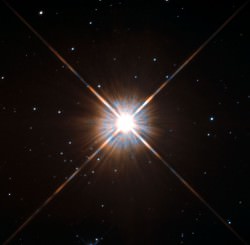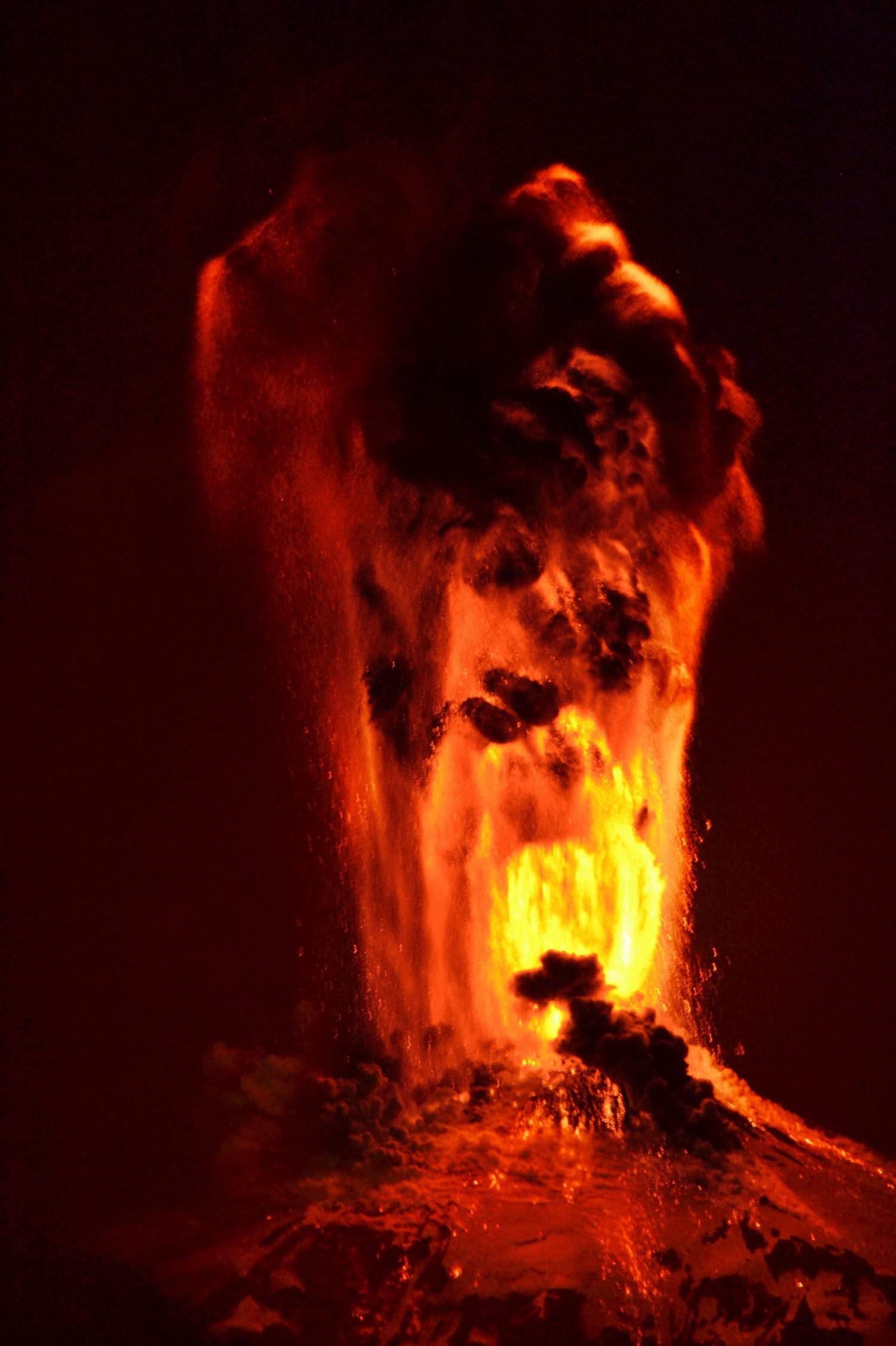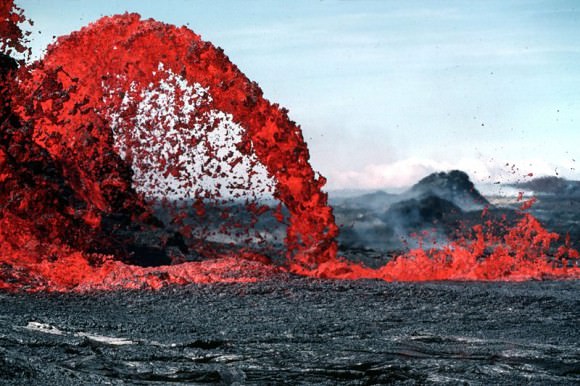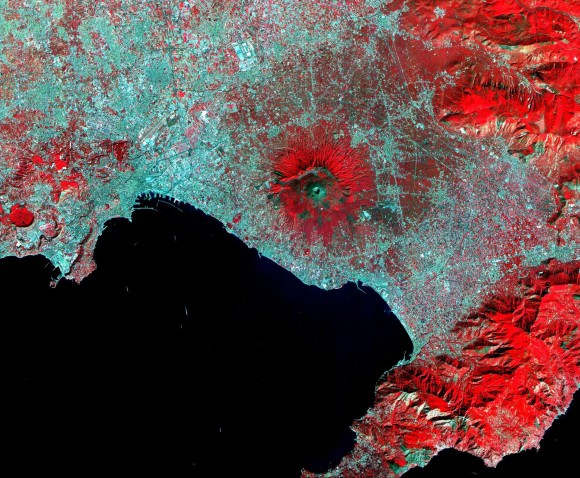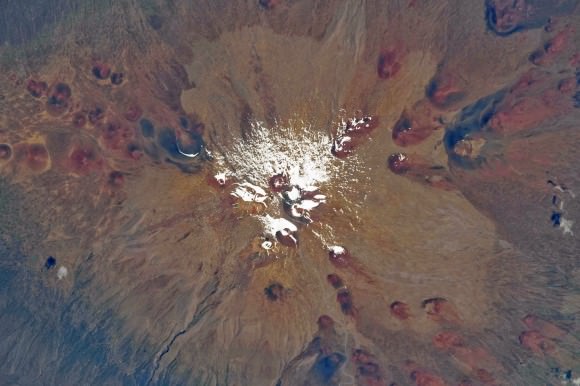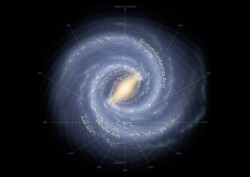We have no idea what it dark energy is, so how are we pretty sure it exists?
I’ve talked about how astronomers know that dark matter exists. Even though they can’t see it, they detect it through the effect its gravity has on light. Dark matter accounts for 27% of the Universe, dark energy accounts for 68% of the Universe. And again, astronomers really have no idea what what it is, only that they’re pretty sure it does exist. 95% of the nature of the Universe is a complete and total mystery. We just have no idea what this stuff is.
So this time around, lets focus on dark energy. Back in the late 90s, astronomers wanted to calculate once and for all if the Universe was open or closed. In other words, they wanted to calculate the rate of expansion of the Universe now and then compare this rate to its expansion in the past. In order to answer this question, they searched the skies for a special type of supernova known as a Type 1a.
While most supernovae are just massive stars, Type 1a are white dwarf stars that exist in a binary system. The white dwarf siphons material off of its binary partner, and when it reaches 1.6 times the mass of the Sun, it explodes. The trick is that these always explode with roughly the same amount of energy. So if you measure the brightness of a Type 1a supernova, you know roughly how far away it is.
Astronomers assumed the expansion was slowing down. But the question was, how fast was it slowing down? Would it slow to a halt and maybe even reverse direction? So, what did they discover?
In the immortal words of Isaac Asimov, “the most exciting phrase to hear in science, the one that heralds new discoveries, is not ‘Eureka’, but ‘That’s Funny’” Instead of finding that the expansion of the Universe was slowing down, they discovered that it’s speeding up. That’s like trying to calculate how quickly apples fall from trees and finding that they actually fly off into the sky, faster and faster.
Since this amazing, Nobel prize winning discovery, astronomers have used several other methods to verify this mind-bending reality of the Universe. NASA’s Wilkinson Microwave Anisotropy Probe studied the Cosmic Microwave Background Radiation of the Universe for 7 years, and put the amount of dark energy at 72.8% of the Universe. ESA’s Planck spacecraft performed an even more careful analysis and pegged that number at 68.3% of the Universe.

Astronomers know that dark energy exists. There are multiple lines of evidence. But as with dark matter, they have absolutely no clue what it is. Einstein described an idea he called the cosmological constant. It was a way to explain a static Universe that really should be expanding or contracting. Once astronomers figured out the Universe was actually expanding, he threw the idea out.
Hey, not so fast there “Einstein”. Maybe just one of the features of space itself is that it pushes stuff away. And the more space there is, the more outward pressure you get. Perhaps from virtual particles popping in and out of existence in the vacuum of space.
Another possibility is a phenomenon called Quintessence, a negative energy field that pervades the entire Universe. Yes, that sounds totally woo-woo, thanks Universe, Deepak Chopra crazy talk, but it might explain the repulsive force that makes up most of the Universe. And there are other theories, which are even more exotic. But mostly likely it’s something that physicists haven’t even thought of yet.
So, how do we know dark energy exists? Distant supernovae are a lot further away from each other than they should be if the expansion of the Universe was slowing down. Nobody has any idea what it is, it’s a mystery, and there’s nothing wrong with a mystery. In fact, for me, it’s one of the most exciting ideas in space and astronomy.
What do you think dark energy is?







